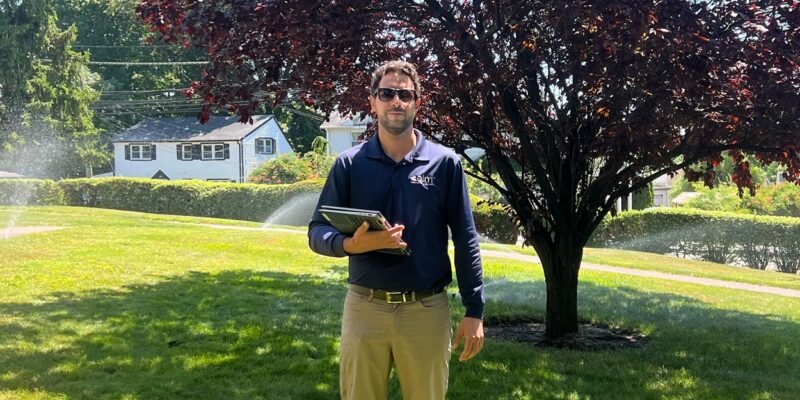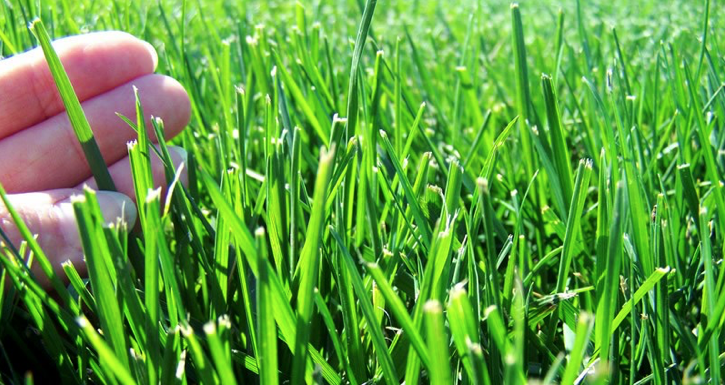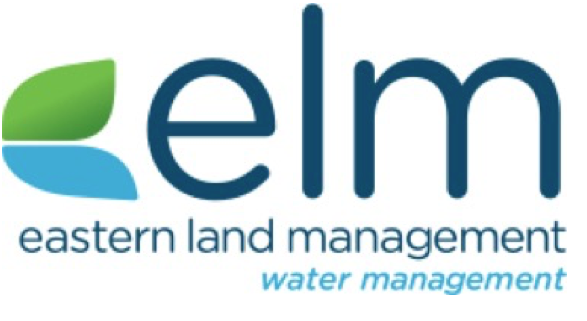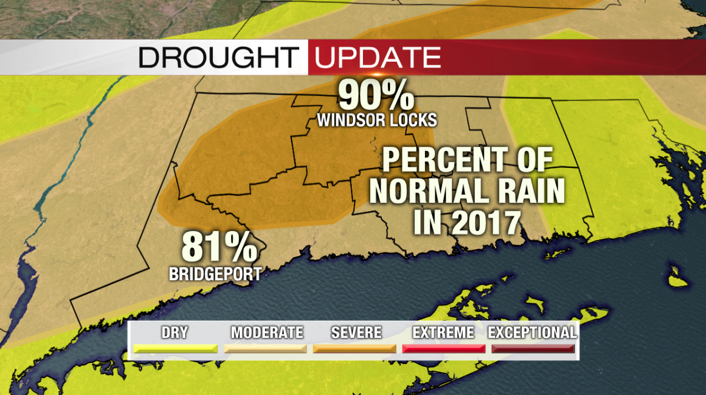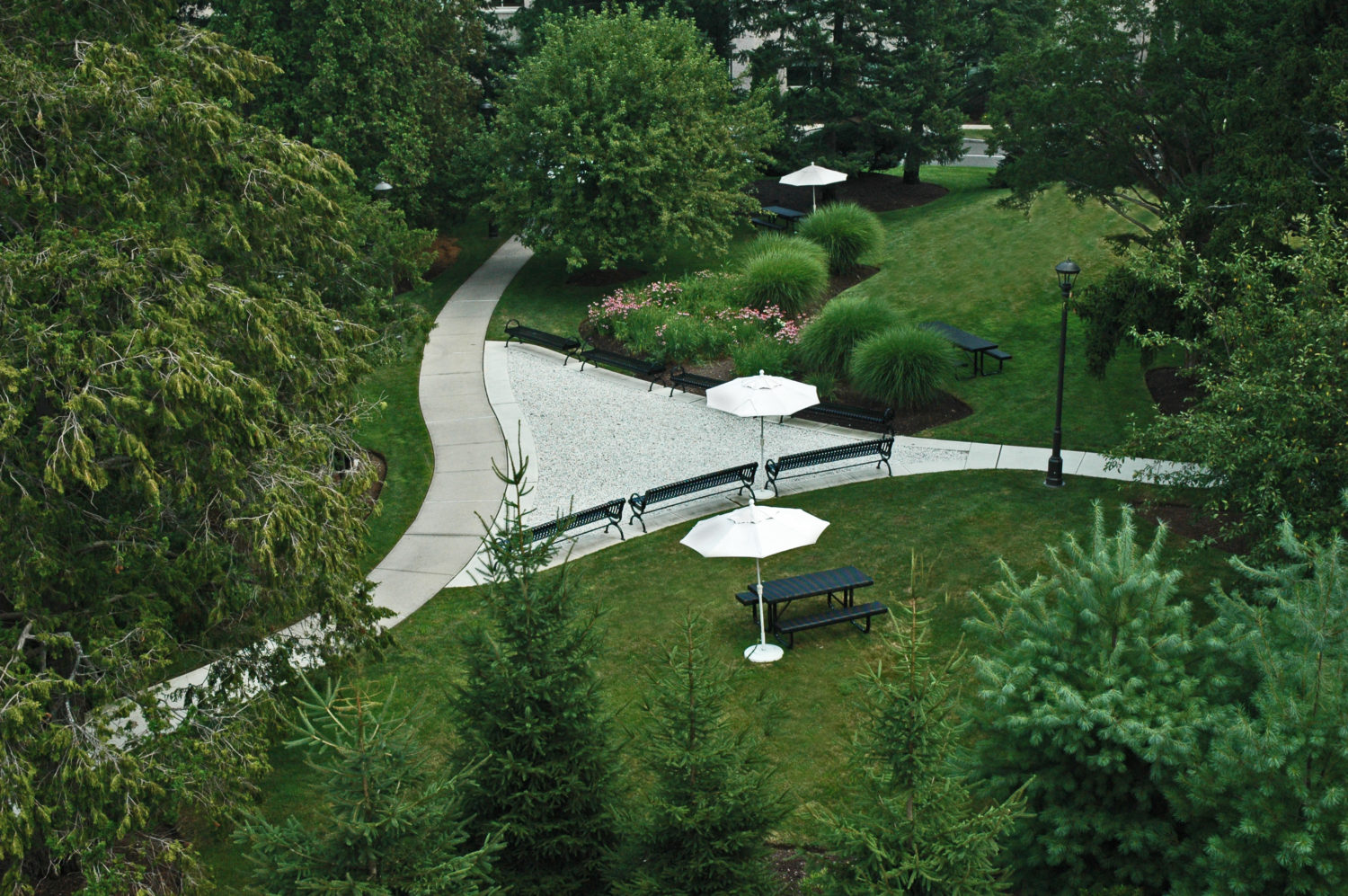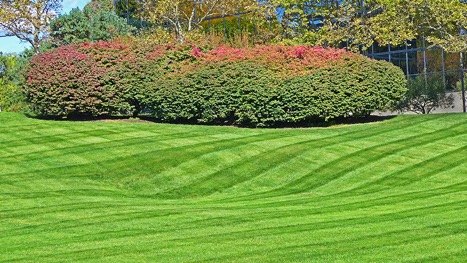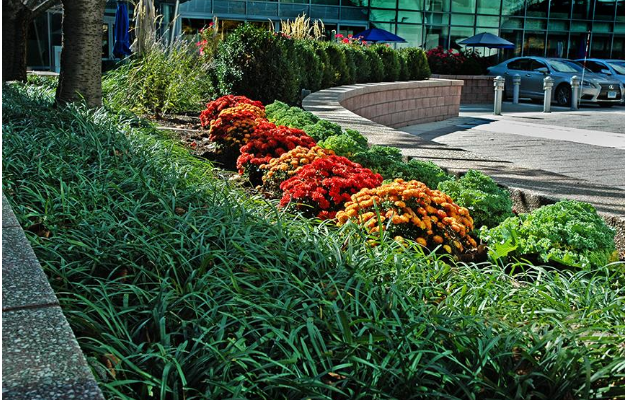“There is no better person to take ELM’s exceptional reputation in water management to the next level,” said ELM President, Bruce Moore Jr. about Chak Hamra, who joined the ELM team in August 2022 with a stellar background in Ag Engineering and Natural Resources Management. “Chak’s broad expertise and technical proficiency is not only a tremendous value-add for our commercial real estate clients, but boosts our thought leadership and brand positioning as we approach our 50th year in business.”
Chak says his love for nature goes way back to when he was a kid and is what eventually brought him into the green industry. “I want to find ways to reintroduce more green space to counteract the density of urban sprawl. Making nature accessible to more people not only improves our collective quality of life but is a prescription for healthier communities.”
Irrigation and hydrology form the core of Chak’s passion and his commitment to protect natural resources. It’s a responsibility he takes seriously. “Our consumption of water has increased by approximately 70% from what it used to be in the 60s. I have experienced the green industry in many countries, in different parts of the world, and in different weather conditions. Each situation had unique climate challenges, regional plant species and varieties, and maintenance requirements. Best practices and knowledge have a big impact, but across all regions, I’ve found common ground on a commitment to create greener surroundings and deliver perfect service. That reflects who I am,” said Chak.
Chak earned a Master of Science Degree in Agriculture and Natural Resources Systems Management from the University of Tennessee at Martin, and a Bachelor of Science in Agriculture at the American University of Beirut.
Smart Irrigation Month highlights the social, economic and environmental benefits of efficient irrigation products and services. This July, ELM is also honoring not only the innovations that are doing the work of water management—digitally calibrating water use, balancing hydration needs of plants, and saving water and cost—but the people who make it all possible. Technology alone may improve efficiencies, but it’s people like Chak who deliver results.
ELM received a ChangeMaker Award in Sustainability from Fairfield County, CT in 2019. With Chak and his team leading on irrigation and water management, we’ll continue to advance our commitment to sustainability and resource conservation every single day.
Welcome to the team, Chak Hamra.

